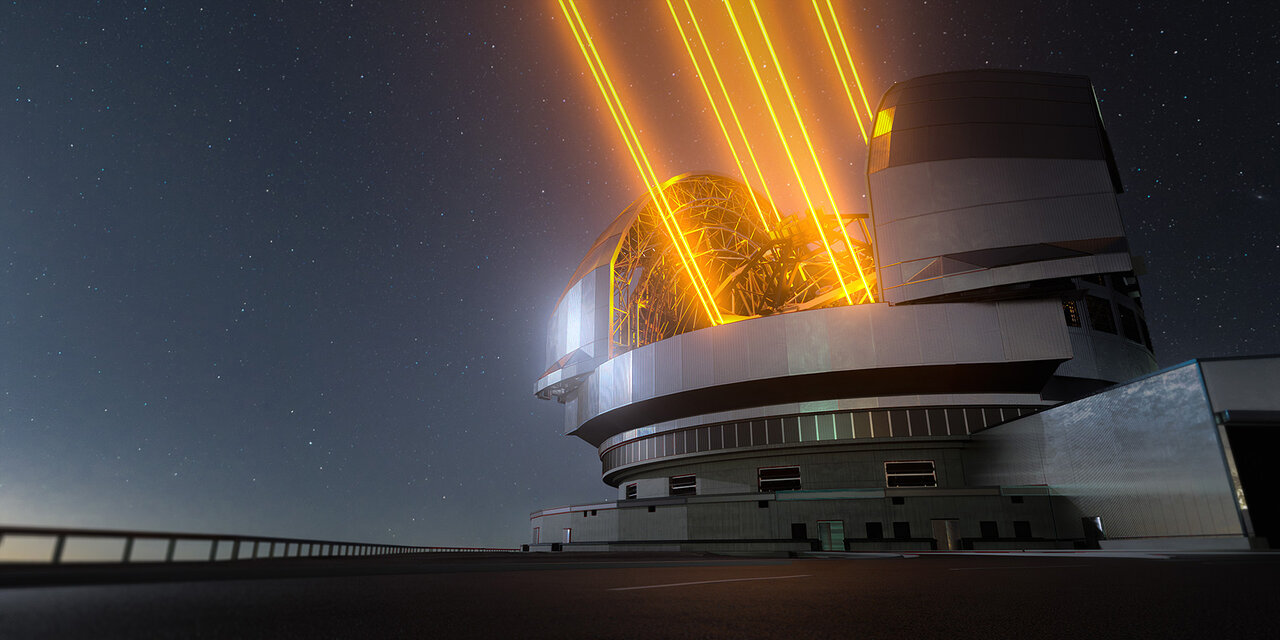RIO DE JANEIRO, BRAZIL – Since their invention more than 400 years ago, telescopes have not stopped evolving until reaching the giants located today in places with privileged skies, as is the case of the Very Large Telescope, in Cerro Paranal, Chile, or those in orbit, such as the recent James Webb telescope.
The Extremely Large Telescope (ELT) of the European Southern Observatory (ESO), which will be located on Cerro Armazones, Chile, is still in its construction phase. It will be operational as early as 2025. Despite the delays caused by the COVID-19 pandemic, efforts have been made to keep the project on track. Following the resumption of work in mid-2021, construction of the base of the Earth’s largest “eye” looking into deep space was completed in January.
Read also: Check out our coverage on Chile
China is home to the world’s largest radio telescope: FAST has a perimeter of 1.6 km and a diameter of half a kilometer. But the ELT will soon take its place. Once completed, the giant “eye” of the sky will feature advanced adaptive optics technology to correct distortions caused by the atmosphere in the observations, allowing very sharp images.
A large dome will cover the ELT, protecting it from the extreme conditions of the world’s most arid desert. The telescope’s main structure will house its five mirrors and optics, including the enormous 39-meter primary mirror, ESO reports. It will be a fully steerable reflecting telescope with sophisticated technology and a modern control system to observe details that have never been captured before.

HOW DOES A TELESCOPE WORK?
To understand how a telescope works, let’s first think about our field of vision. How far can the human eye observe? By interpreting its behavior, this invention improved its capabilities throughout history.
The limitation we have in our sight prevents us from distinguishing details at a certain distance until we completely lose focus and, therefore, the sharpness of the image.
The eye comprises the pupil (which acts as a lens) and the retina (which reflects light). When looking at an object in the distance, the light it emits is low. The natural lens of our eye reflects a small image on the retina. If the object gets closer, the amount of light it emits will be larger and will be seen better. The telescope helps us observe far away using lenses and mirrors to capture all possible light emitted by an object, focusing its radiation and directing it to our eyes.
The main types of telescopes are the refractor and the reflector. The former is composed of lenses that capture the light and concentrate it at the focus, where the eyepiece is located. Given its defects due to chromatism, the reflector arises, consisting of a concave mirror located at the lower end of the tube, which concentrates the light and directs it to a smaller flat secondary mirror situated at the mouth of the tube, which bounces the light at 45º and directs it to the eyepiece.
In astronomical observation, they are used to explore the Solar System and deep space, capturing images of planets, stars, galaxies, black holes and being helpful in cosmology studies and other branches. The ELT will lead to more excellent astrophysical knowledge since it will provide the sharpest views of cosmic objects.

